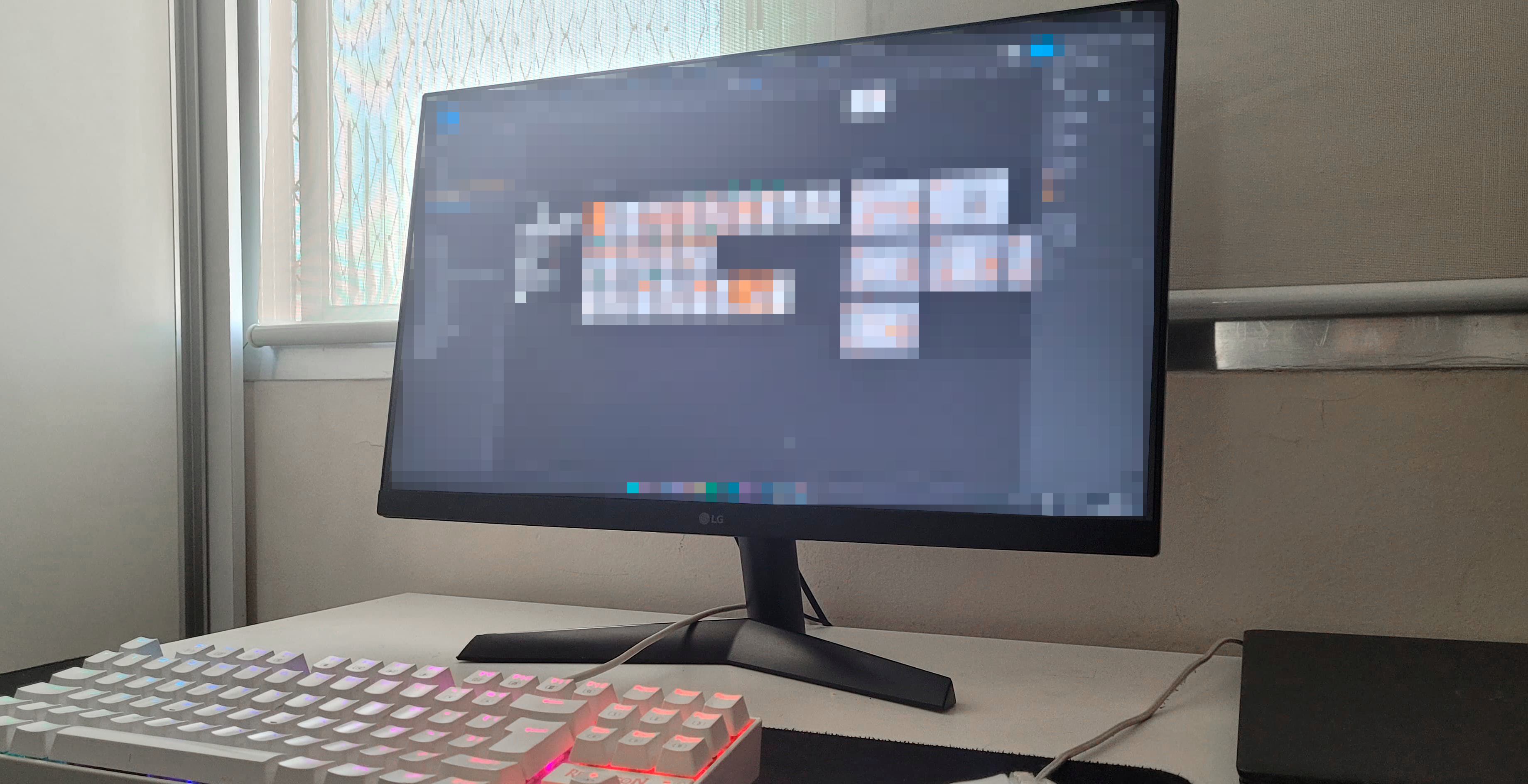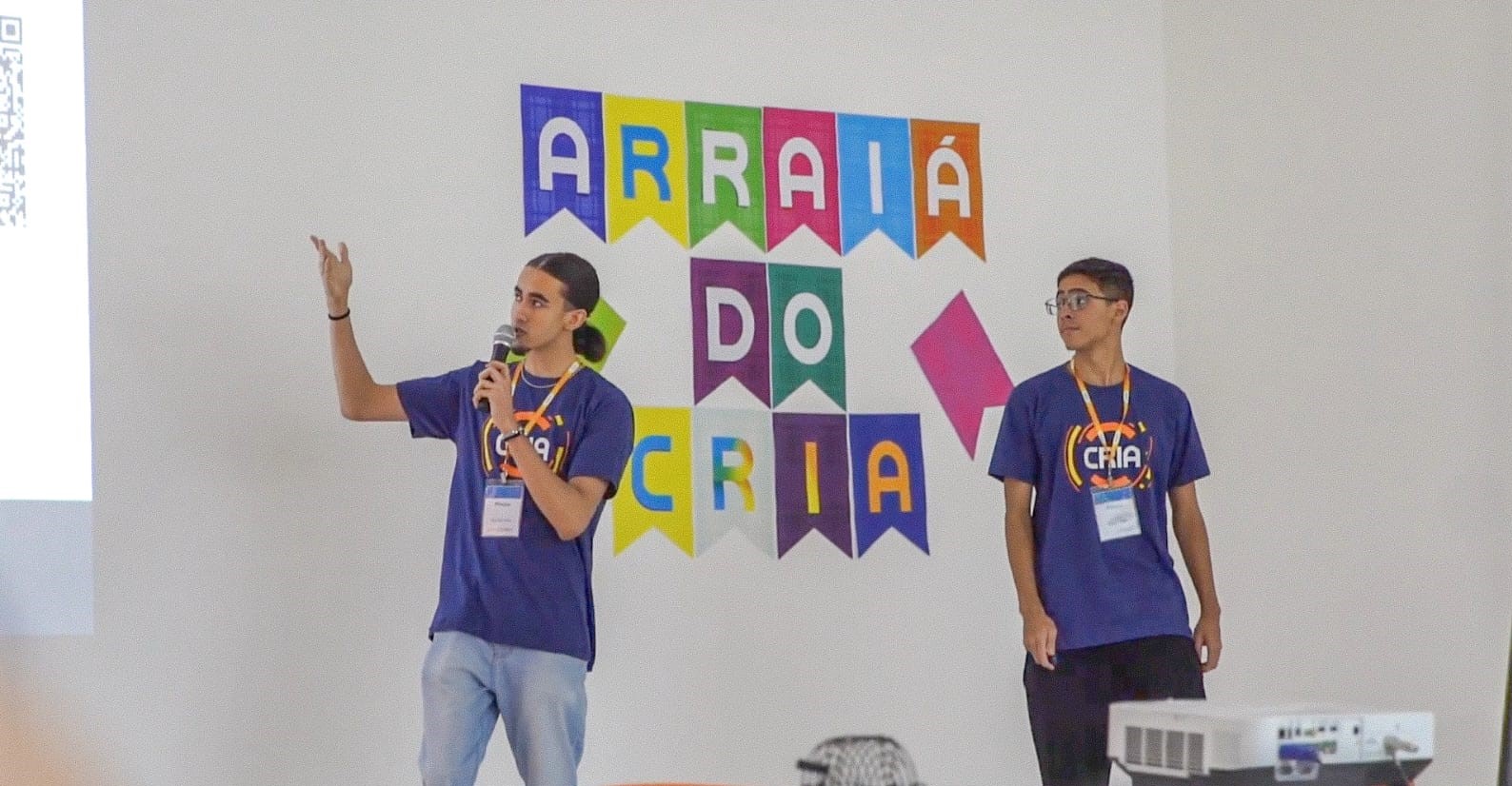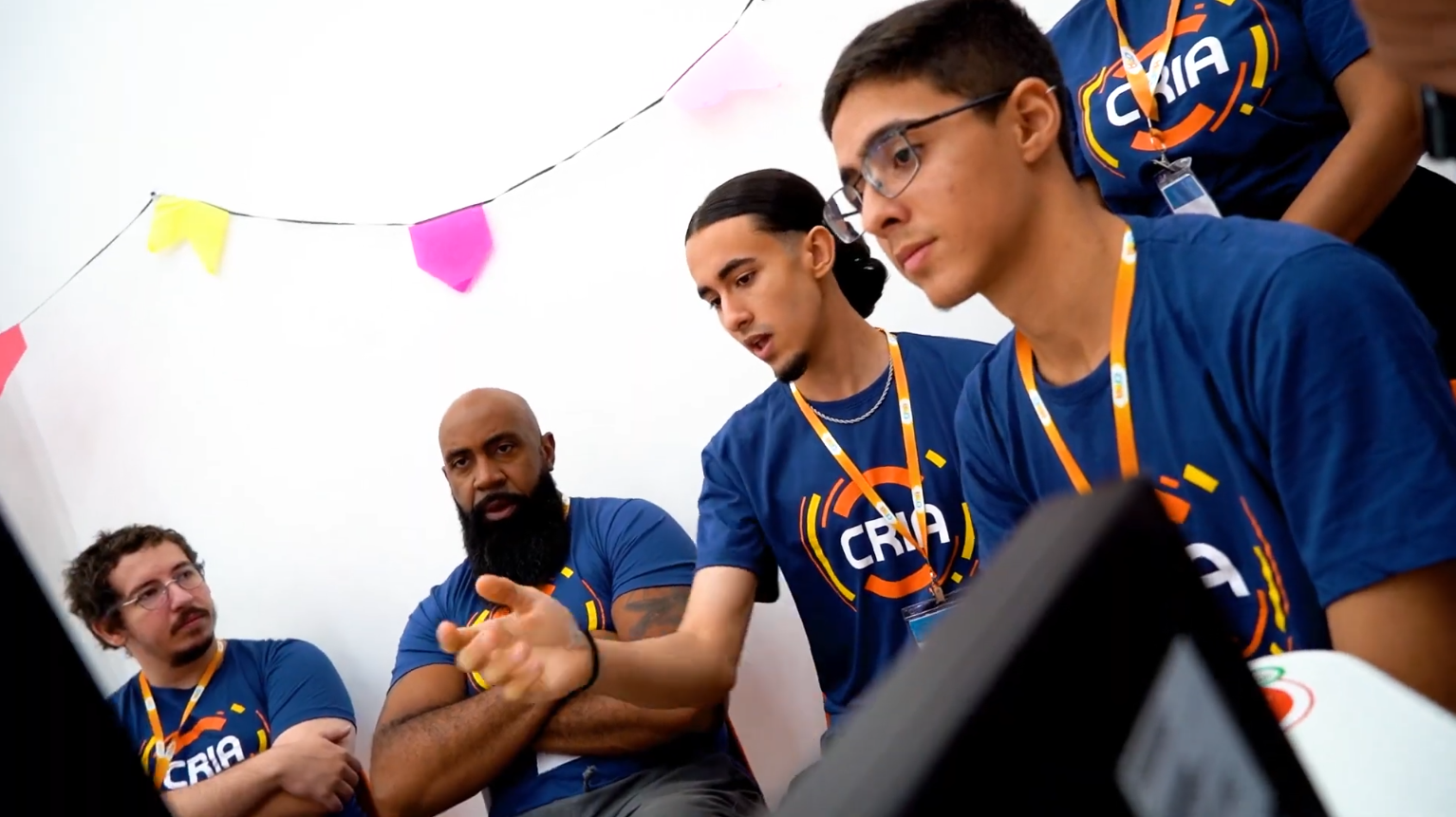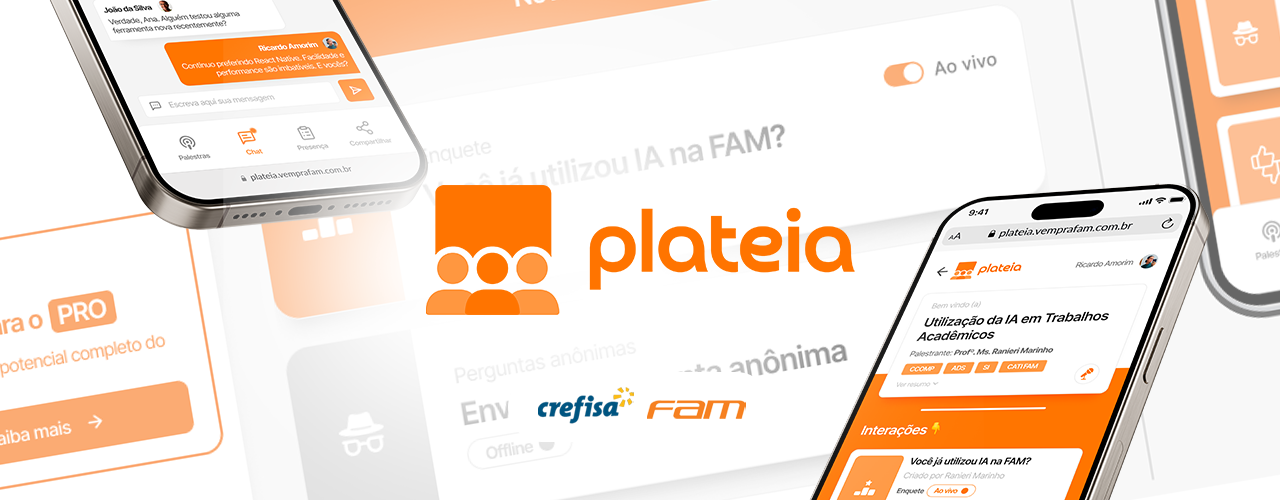The Beginning
During a lecture in college, I noticed that the interaction between the speaker and the audience was almost nonexistent. Most people were distracted by their phones, and the few who were paying attention had no way to interact with the speaker.
That’s where my idea came from, which eventually led me to win CRIA 3.0, a pitch tournament for student initiatives at Crefisa, one of the largest banks in Brazil.
What is CRIA?
First, what is “CRIA”?

CRIA is an event that takes place annually at Crefisa and FAM, where students from partner universities present their startup ideas to a panel of judges.
The event is divided into three stages:
- Pitch presentation,
- Mentorship session,
- Business model presentation.
I believed in the potential of my application, and coincidentally, my idea came up the same week as the tournament registration, so I decided to sign up with a friend.
The Preparation
On the day of registration, we only had the idea in mind, and nothing else. We didn’t have a prototype, an MVP, and even less a business model.
The deadline was approaching; we only had 7 days to submit the documentation and the pitch video. So, we started developing.
This is how Plateia was developed, a web app that allows interaction between speaker and audience during lectures on any subject. The speaker can create lectures on the platform, and the audience can access them on their phones.
During the lecture, the audience can ask questions, respond to polls, and even send feedback in real time. It was days of work creating these and many other features, sleepless nights, and a lot of effort.
However, we managed to develop a 30-page document, the start of a functional prototype, and a pitch video, in only 7 days.

The Reward
The sleepless nights were rewarded.
We sent the documents and video to the panel of judges, and after days of anxiety, we were selected for the first stage of the tournament.
Out of more than 25 registered groups, only 10 were selected for the tournament’s in-person stage, and we were one of them.
The Tournament Stages
Day 1
After qualifying for the in-person stage, we developed a slide presentation for the pitch and went to the first meeting with the mentors.
The nervousness was clear—it’s not easy to get on stage to present your idea to an audience, let alone to an important panel of judges.
“But you don’t need to be confident, you need to appear confident”
And so, we went on stage, and despite our insecurities, we gave a great presentation.

Of the 10 groups present that day, only 4 were selected for the final. And once again, we were one of them.
Day 2
The second day was focused on guidance from the mentors and sponsors at Crefisa.
We received valuable tips and advice from experienced professionals in the field on how to improve and where to take our project next.
All the tips were considered and applied to our project.
Watch the full video of the second meeting!

Day 3 - The Final
This was the most important day of all.
The project was ready. We analyzed and filtered all the advice received from sponsors and mentors, adjusting every part of the project to meet everyone’s expectations.
After days of preparation, nervousness, and anxiety, we finally reached the moment we had been waiting for—the final presentation of the project to the panel of judges.
The presentation was a success, and after much anticipation, we were announced as the winners of CRIA 3.0.

Conclusion
The Plateia project taught me a lot about product development, project management, and most importantly, about the importance of believing in your potential.
On the day of registration, we had nothing but an idea, and in the end, we left with a complete project and the tournament prize.
If we hadn’t believed in the potential of our solution, it would never have left the drawing board.
Above everything, embrace opportunities and believe in yourself. Success is the result of your effort.

